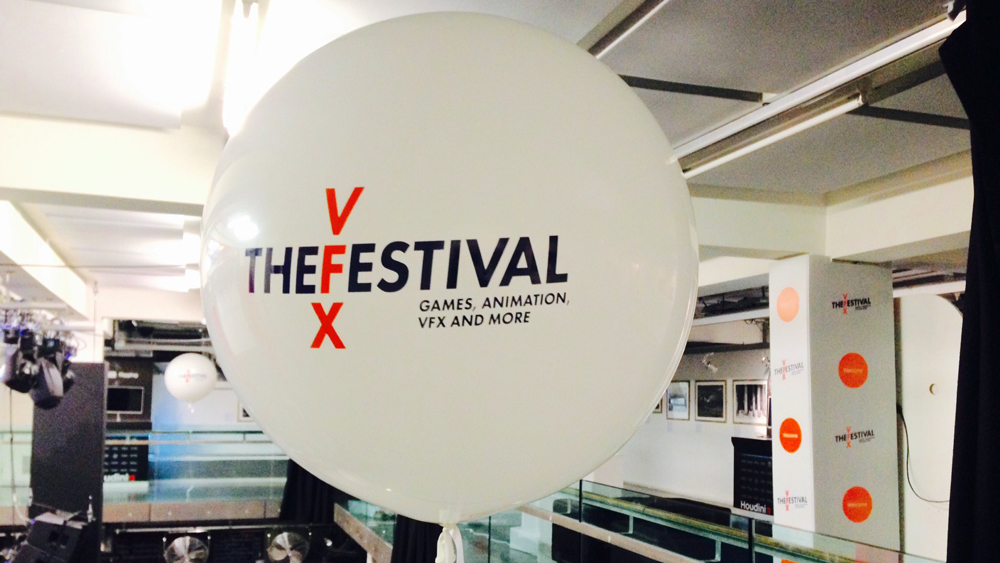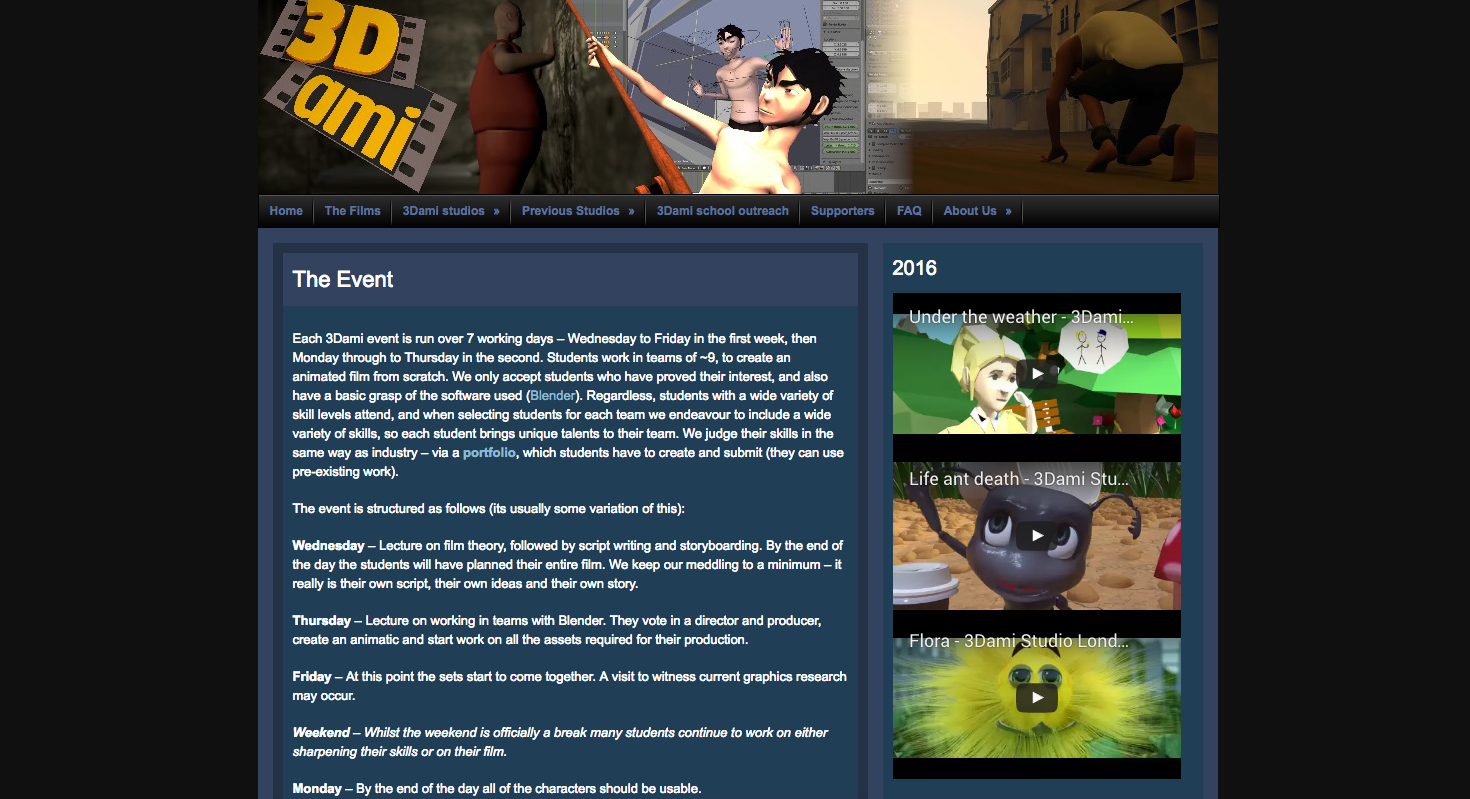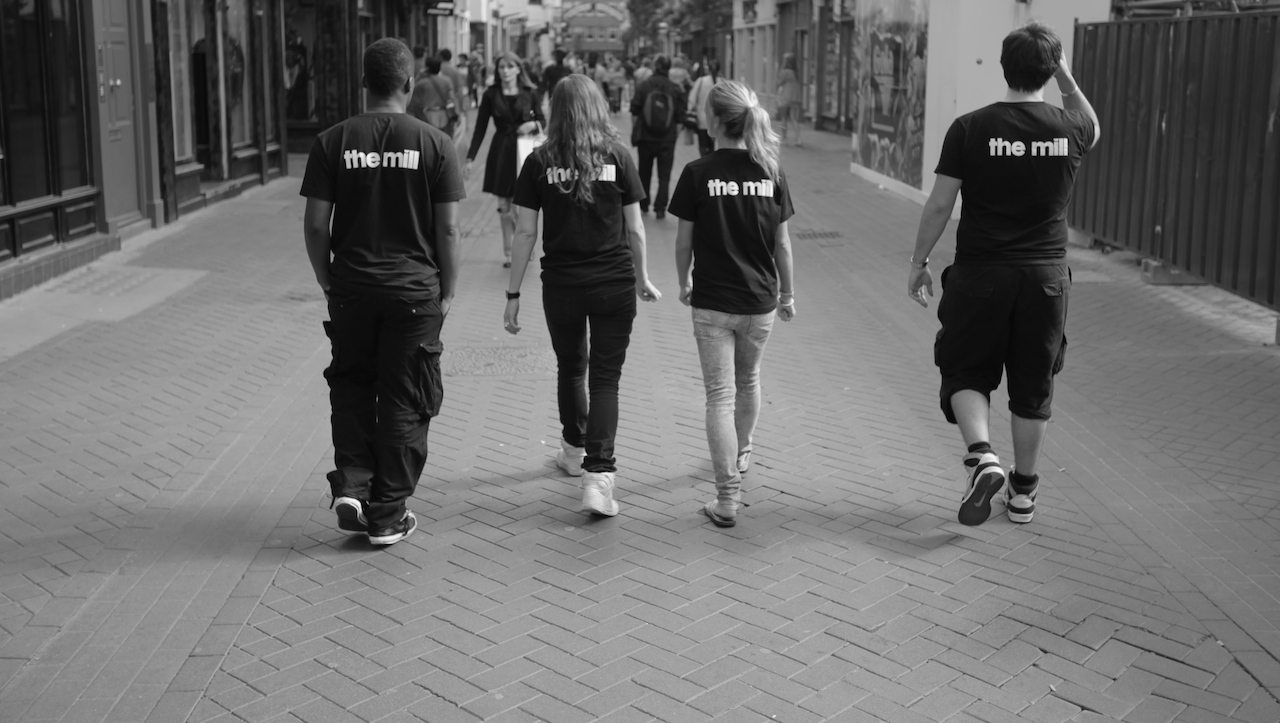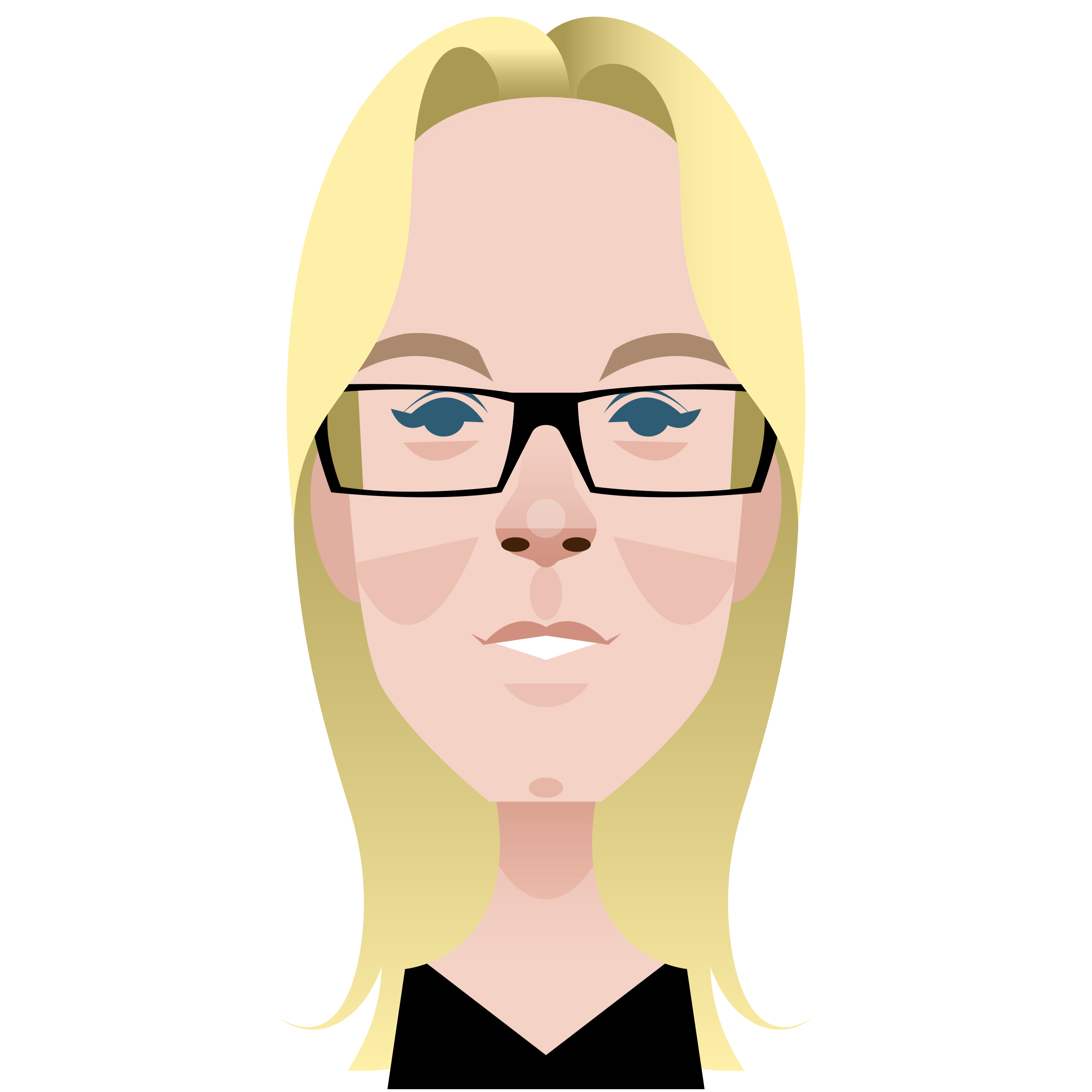How to start your digital art journey
Calling all aspiring digital artists! Find your way into the fast-paced world of visual effects with this expert advice.

Last week, Escape Studios hosted its annual VFX Festival, where experts in the field of CG, animation, visual effects and motion graphics gather to showcase and discuss the latest and greatest in industry goings-on.
The focus for day one was how budding artists can start their journey into the exciting and fast-paced world of visual effects. Here we round up some of the expert advice shared to help you on the path to landing that dream job in the digital arts.
01. Attend a boot camp

If you have a passion for 3D animation and are in need of some production experience, 3dami organises a couple of free, seven-day boot camps, which run in February half-term and summer in the UK. Attendees learn the principles of running their own studio and how to create a short 3D animated film in Blender, which covers every aspect of production, from scriptwriting right through to video editing in Première.
While you don't need much animation experience to apply, organisers ask that applicants submit some work to demonstrate a passion and basic understanding of the subject. Films on the course are created using open-source software Blender, so your application should also include some knowledge of the programme. Check out the simple tutorials over on b3d101.org, which has everything you need to become familiar with the software in a couple of hours.
Time has run out to apply for the February course, but be sure to check on the 3dami website for details on the summer programme (age restrictions apply). This is a great opportunity to get some valuable production experience under your belt, and it won't cost you a penny to take part! Amazing.
02. Go where the work is

If you're serious about working in the visual effects industry, then you must be prepared to go where the work is. Don't just stay local and hope for the best. If you're based in London then you're in luck, with the UK capital – Soho, to be specific – boasting the biggest cluster of VFX and post-production companies in the world. But there are plenty of opportunities all over the globe, so do your research and give some thoughts about how far you'd be prepared to go for your dream job.
03. Find an apprenticeship
Still one of the best ways to get a foot in the door of the creative industries, especially in VFX and CG, apprenticeships let you get hands-on experience like no other. And you get paid to do so – hurrah! That said, they can be difficult to come across, so keep an eye on websites and social media accounts of the studios of interest to you.
MPC runs an VFX internship programme, First Step, an eight-week summer placement in its London studio. Fully paid and with accommodation provided, First Step is a unique opportunity to sample life at one of the world's leading VFX studios.
04. Consider remote working
If you already have some VFX experience or skills under your belt, why not think about the possibility of being a freelance artist and working remotely? Hula Hoop is a boutique production consultancy, working with some of the best creative studios around the world, and they are always on the lookout for talented artists to work with. But what do they look for in the freelancers they work with?
"Be passionate," says Hula Hoop founder Priyanka Balasubramanian. "Challenge yourself to do something different every day and don’t be afraid to ask questions. Defy conventions and come up with solutions, even if you think they're crazy!
"Be ambitious, but still be a team player. And always have respect for everyone you work with. Have a mind like a sponge, try to learn as much as possible. Keep looking out for new things to learn about – that should take you a long way."
The Hula Hoop team are currently looking to recruit 2.5D matte painters and projection artists. They also provide on the job training and opportunities for students to work alongside freelance artists to gain VFX pipeline experience and understanding. For more information on remote working and available positions, head over to the Hula Hoop website.
05. Be a runner

There are lots of arguments for and against runner positions, but many still consider it one of the best ways to get a foot in the door of the VFX industry.
If this is the road you want to take, do some research into the studio you want to apply to and see approximately how long runner positions last for. A good studio will employ a runner not simply to make tea and coffee, but to train on the job, encourage, motivate and turn that runner position into a full-time position as soon as possible. The Mill, for example, hired 25 runners last year, the position lasted approximately seven months, at the end of which every single runner was employed on a permanent contract. You can find more details on being a runner at The Mill here.
06. Pick the right school

When looking at VFX and CG courses to attend, do some research into the schools you are applying to. Is the software they are using the industry standard? Will the courses they run leave you with the skills to be placed in industry immediately? Who is teaching the courses? Do they have industry experience?
The VFX industry is fast-paced and constantly changing so whichever course you do, you want to be armed with the skills to be able to walk straight into a junior position when you finish.
There are now hundreds of colleges and universities offering education in the fields of CG and VFX, so it's important to choose one that will give you the best skills. Escape Studios is a great example of a higher education facility offering a number of courses that ensure you are industry-ready.
Related articles:

Thank you for reading 5 articles this month* Join now for unlimited access
Enjoy your first month for just £1 / $1 / €1
*Read 5 free articles per month without a subscription

Join now for unlimited access
Try first month for just £1 / $1 / €1
Get the Creative Bloq Newsletter
Daily design news, reviews, how-tos and more, as picked by the editors.

Kerrie Hughes is a frequent contributor to Creative Bloq, and was once its editor. One of the original CB crew, Kerrie joined the team back in 2013 after moving from her role as staff writer on 3D World. Since then she's written regularly for other creative publications such as ImagineFX, Computer Arts and Digital Camera World. After a stint working for the police, Kerrie is back reviewing creative tech for creative professionals.
